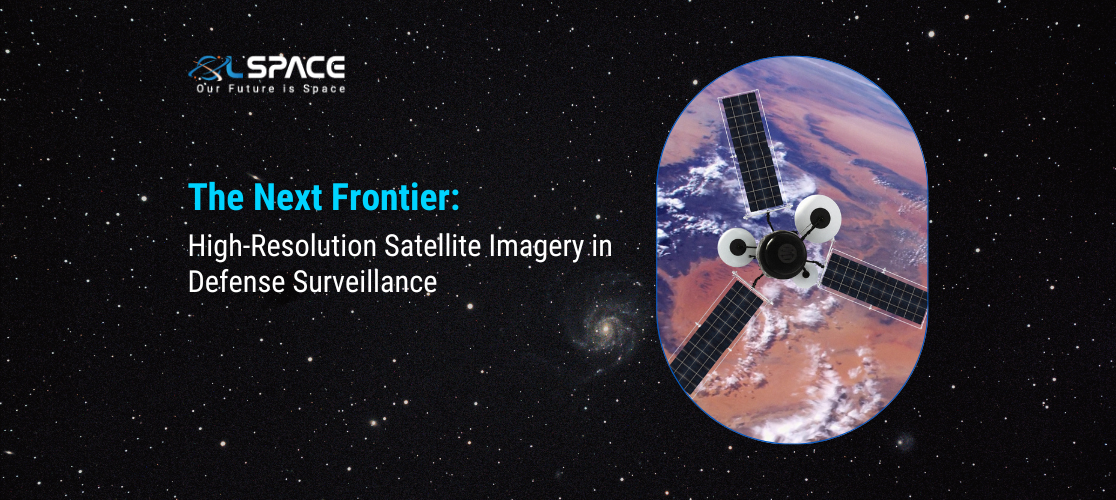29 March 2024
The Next Frontier: High-Resolution Satellite Imagery in Defense Surveillance

High-resolution satellite imagery has emerged as a game-changer in defense surveillance and intelligence gathering. With advancements in satellite technology, the ability to capture detailed images from space has revolutionized military reconnaissance, monitoring of strategic areas, and threat detection. This article delves into the next frontier of using high-resolution satellite imagery for defense surveillance purposes.
1. Enhanced Situational Awareness:
High-resolution satellite imagery provides defense agencies with unparalleled situational awareness by capturing detailed visuals of land, infrastructure, troop movements, and potential threats. This real-time or near-real-time data helps military commanders make informed decisions and respond swiftly to changing situations.
2. Strategic Intelligence Gathering:
Satellite imagery plays a crucial role in gathering strategic intelligence about enemy activities, military installations, weapon deployments, and critical infrastructure. Analysts can analyze these images for pattern recognition, anomaly detection, and identifying potential risks or areas of interest for further investigation.
3. Monitoring Border Security:
High-resolution satellite imagery aids in monitoring border regions, coastal areas, and territorial boundaries for unauthorized incursions, smuggling activities, and illegal crossings. Continuous surveillance from space provides a comprehensive view of border security challenges and supports proactive measures to secure national borders.
4. Target Identification and Verification:
Military forces use satellite imagery to identify and verify targets, assess target conditions, and plan precision strikes with accuracy. High-resolution imagery helps confirm target coordinates, assess collateral damage risks, and ensure mission success while minimizing civilian casualties.
5. Crisis Response and Disaster Management:
During humanitarian crises or natural disasters, high-resolution satellite imagery assists defense and relief agencies in assessing damage, identifying affected areas, planning rescue operations, and delivering aid to impacted populations. The timely availability of detailed imagery supports efficient crisis response and disaster management efforts.
6. Surveillance of Maritime Activities:
Satellites with high-resolution imaging capabilities contribute to maritime surveillance by tracking naval vessels, monitoring maritime traffic, detecting illegal fishing activities, and safeguarding sea lanes. This surveillance extends to identifying potential threats from hostile naval forces or piracy incidents in maritime zones.
7. Intelligence, Surveillance, and Reconnaissance (ISR):
High-resolution satellite imagery is a cornerstone of Intelligence, Surveillance, and Reconnaissance (ISR) operations. It provides continuous and persistent surveillance capabilities over vast areas, remote regions, and denied access territories, enhancing military readiness and response capabilities.
8. Multi-sensor Integration and Analysis:
Integrating high-resolution satellite imagery with other sensor data such as radar, signals intelligence, and geospatial information enhances defense capabilities. Multi-sensor fusion and analysis enable comprehensive threat assessments, target prioritization, and mission planning for defense operations.
Conclusion:
High-resolution satellite imagery has become an indispensable tool in modern defense and security strategies. Its ability to provide detailed, timely, and actionable intelligence supports defense surveillance, reconnaissance, and response across diverse operational scenarios. As technology continues to advance, leveraging high-resolution satellite imagery will remain at the forefront of defense capabilities, ensuring national security and strategic advantage in an increasingly complex global environment.
